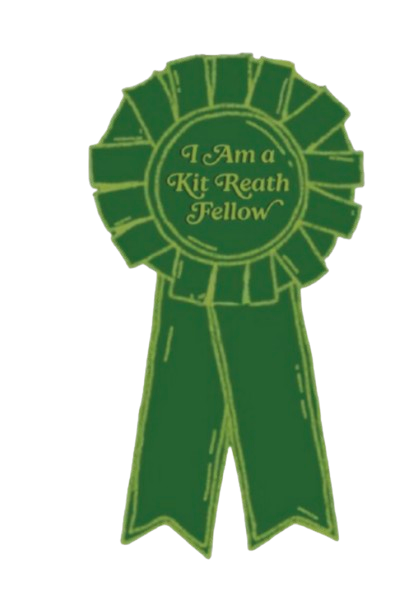In late August, I (Katie) caught glimpses of a red fox darting across the road in my neighborhood. At first, I only saw Pierre at night, but soon, daylight sightings added to my growing concerns for his health. His skin appeared patchy and red, and he spent hours basking in my backyard, seemingly losing his strength. What could be wrong with him?
Before this instance, I thought the term “mange” meant wild, but I was mistaken. My mom enlightened me on the true cause of Pierre’s misery — sarcoptic mange. This contagious disease is caused by skin mites that affect over 100 species, including red foxes, according to the Pennsylvania Game Commission.
Even though my dad said Pierre’s unfortunate circumstance was a part of the circle of life, my mom and I decided to intervene. I called the Philadelphia Metro Wildlife Center to ask for help. They directed me to the Mange by Mail webpage, where you can place an order for ivermectin, the leading mange medication, for $20.
Pierre was a very habitual creature, and we quickly learned that the fox returned to our house every day at 4:30. We started leaving him a tray of turkey meatballs so he would get into the routine of checking our yard for food. It’s important to note that we tried to keep Pierre away from where our dog, Riley, could wander because ivermectin is potentially harmful to household pets.
After we fed Pierre with the meatballs for five days, we moved on to phase two of our master plan: medicated meatballs. We had to estimate Pierre’s weight to measure the ivermectin dosage correctly, inject the medicine into three turkey meatballs, put them outside, and wait.
When I saw Pierre meander into our yard and eat his ivermectin meatballs, I felt victorious. Although I was armed with a second dose of the medication in case he didn’t recover, Pierre has not returned since.
Even though it’s unfortunate that I can’t check in on Pierre’s progress anymore, his absence is a good sign: healthy foxes are usually very shy and stay away from humans. He likely returned to the large grassy area near my neighborhood.
Besides being adorable members of the local environment, red foxes are key to regulating the rodent and small mammal populations in our area, as well as distributing seeds from the fruits they eat, according to Nature Conservancy. Without foxes like Pierre, our local ecosystem would be overrun with primary consumers, such as mice and rabbits. Do your part and keep red foxes safe and healthy, just like I did!

































